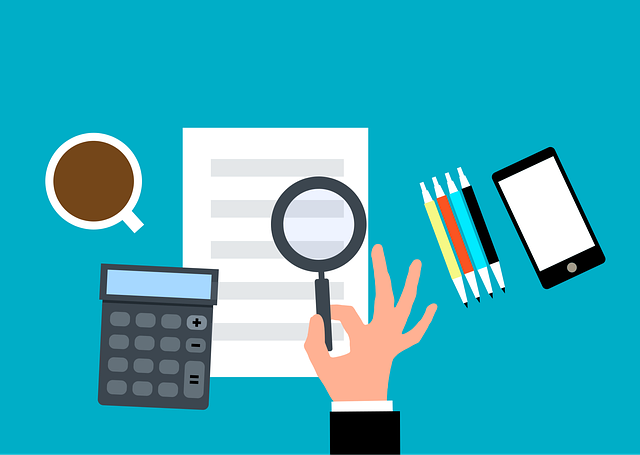Understanding real estate investment requires comprehending real estate costs beyond the initial purchase price, including property taxes, insurance, maintenance, repairs, and utility bills. These ownership costs significantly impact financial burden and must be carefully managed through strategic planning to ensure long-term financial viability and value retention. Location, property age, condition, and custom features all influence these expenses.
“In the world of real estate, understanding and managing ownership costs is a game-changer for prospective buyers. This article delves into the intricate details of how various factors impact overall expenses, offering a comprehensive guide to navigate this complex landscape.
From the moment you consider purchasing a property, costs can accumulate swiftly: from the purchase price and associated fees to ongoing maintenance, taxes, and insurance. We’ll explore these key areas, providing insights into common pitfalls and effective strategies to optimize your real estate investment.”
Understanding Ownership Costs in Real Estate

Understanding ownership costs is a crucial aspect of real estate investment. Beyond the initial purchase price, there are various ongoing expenses associated with owning property, which significantly impact overall financial burden. These costs encompass a wide range of items, including property taxes, insurance, maintenance and repair fees, as well as utility bills. Each of these components contributes to the overall maintenance and preservation of the real estate asset.
For instance, property taxes vary based on location and market value of the property, and they are typically assessed annually. Insurance covers potential risks such as damage from natural disasters or theft, with policies available for both homeowners and rental properties. Regular maintenance like lawn care and minor repairs, along with less frequent but substantial tasks like roof replacement or remodeling, also fall under ownership costs. Effective budgeting and planning are essential to mitigate these expenses, ensuring that real estate investments remain financially viable in the long term.
– Definition and Components of Ownership Costs

Ownership costs in real estate encompass a multifaceted array of expenses that significantly impact the overall financial burden of property ownership. These costs go beyond the initial purchase price, delving into various components that contribute to ongoing maintenance, operational expenditures, and potential future investments. Key elements include property taxes, insurance premiums, repairs and maintenance, utility bills, and, in some cases, homeowners’ association fees. Each of these categories plays a vital role in shaping the financial landscape for property owners, requiring careful consideration and strategic planning to mitigate costs effectively.
Understanding and managing these ownership cost components are essential for prospective buyers and current owners alike. For instance, proactive maintenance can prevent costly repairs down the line, while exploring tax incentives or negotiating insurance rates could lead to substantial savings over time. By recognizing and addressing these various expenses, individuals can make informed decisions about their real estate investments, ensuring financial stability and long-term value retention.
– Factors Influencing Ownership Expenses

Various factors play a pivotal role in shaping the overall costs associated with real estate ownership, making it imperative for prospective buyers to understand these dynamics. One of the primary influences is location; properties in urban areas or prime neighborhoods tend to have higher maintenance and operational expenses due to increased local taxes, limited parking spaces, and elevated demand. Conversely, remote or suburban areas might offer more affordable options but could come with different challenges like longer commute times and potentially higher utility costs.
Another significant factor is the property’s age and condition. Older real estate often requires more frequent repairs and upgrades, impacting ownership cost significantly. Conversely, newer properties may have lower operational expenses initially but could be subject to rapid depreciation over time. Additionally, unique features or architectural styles can influence maintenance requirements, with custom-built homes potentially demanding specialized care.






